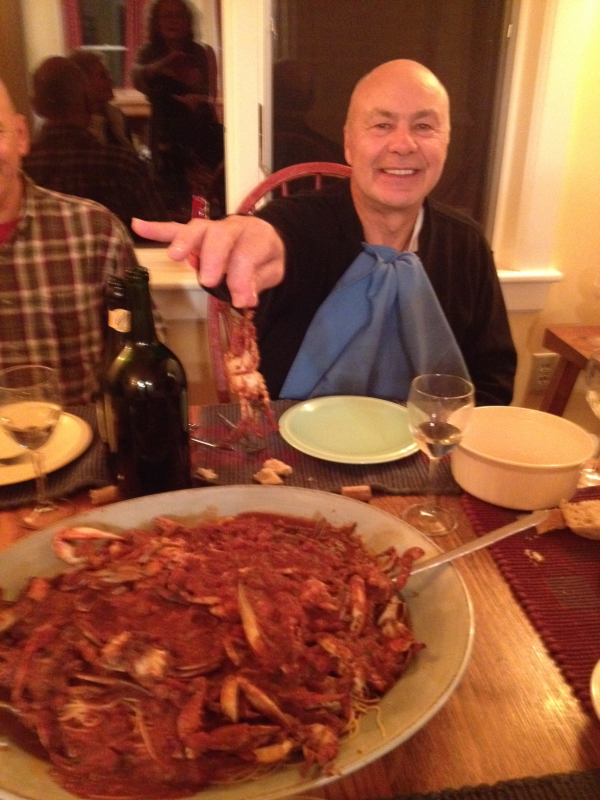NS Mike D
New member
Because I have many vegan friends, I do not put protein into the vegetable ceviche. I prepare a spicey marinade for the fish, shrimp or squid and keep it in a seperate serving dish. I also keep the seaweed in a seperate dish because the Red Ogo will go from crisp to soft. For me, eating is as much about texture as taste.
The basic cheviche mix starts with onions, peppers and tomatoes, fresh out of the garden when the deer leave me some, but canned Rotelle tomatoes work well. As I am somewhat of a free spirit when in the kitchen, I often ad what I have in the refrigerator: cucumber, radish, squash, zucchini, and celery to name a few.
Lime juice is used liberally on everything. Or is it "You put the lime in the coconut and shake it all up"?
pardon me for keeping the side discussion going ......
I'll have to check this out. I have a caribbean heritage and so ceviche is something that I grew up with. Then I met Peruvians who changed my entire approach and to ceviche. While I tend to gravitate to classic Peruvian ceviche, I was intrigued when you mentioned using the macro algae. A vegan ceviche never occurred to me.
BYW, a few quick tips from the Peruvian, soak the red onions in water for 15 minutes after slicing - it removes the sulfur. Also, they use msg (Accent) which makes a lot of sense from an asian "umame" point of view. But they season the fish separately and only mixed it with the rest of the ingredients at the last second. They also use a pepper called ricotto - wonderful pain/pleasure - and no wonder ceviche is their national hangover food.
No cilantro?





